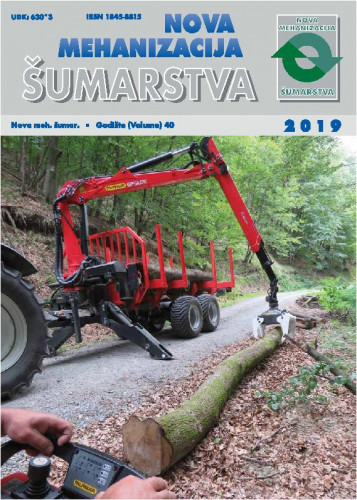Ozljede na radu i profesionalne bolesti radnika pouzdan su indikator procjene stanja sigurnosti pri radu. Osnovni je cilj ovoga rada odgovarajuća analiza stanja sigurnosti pri radu u Javnom poduzeću Šumsko-privredno društvo Zeničko-dobojskoga kantona d.o.o. Zavidovići. Predmet su analize bile ozljede na radu, profesionalne i druge bolesti šumarskih radnika u razdoblju od 2006. do 2015. godine. Ozljede su analizirane prema deset pokazatelja. U analiziranom razdoblju zabilježene su 594 ozljede na radu, od čega tri smrtna slučaja. Najviše ozljeda dogodilo se neposrednim izvršiteljima radnih operacija pridobivanja drva (66,3 %), a najrizičnija je profesija sjekač (57,7 %). Predmet rada (drvo i grane) bili su najčešći materijalni uzrok ozljeda (49,3 %), a najčešće su ozlijeđeni ekstremiteti radnika – noge i ruke (70 %). Najveći broj ozljeda zabilježen je početkom radnoga tjedna i dana. Na osnovi broja ozljeda po obujmu izrađenoga drva (314/mil. m3) te indeksa od 60 ozljeda na 1000 zaposlenika stanje sigurnosti pri radu može se ocijeniti kao iznimno nezadovoljavajuće.; Injuries at work and occupational diseases are a reliable indicator for assessing the state of occupational safety. The aim of this paper was to conduct an appropriate analysis of the state of safety at work in JP Šumsko privredno društvo Zeničko-dobojskoga kantona d.o.o. Zavidovići (Public Forest Management Company of Zenica-Doboj Canton ltd. Zavidovići). The subject of analysis were injuries at work, occupational and other diseases of forestry workers in the period 2006-2015. Injuries were analyzed based on 10 different indicators. During the analyzed period, 594 injuries were reported, three of which were fatal. The highest number of accidents was recorded in the harvesting process (66.3%), while the most hazardous occupation was that of timber cutter (57.7%). Wood and branches were the most common material cause of injury (49.3 %), and workers’ extremities (legs and arms) were the most commonly injured body part (70%). The highest number of injuries was recorded at the beginning of the working week and day. According to the number of injuries by the amount of cut wood (314/mil. m3), as well as an index of 60 injuries per 1,000, employees safety at work can be assessed as extremely unsatisfactory.
Sažetak

 Nova mehanizacija šumarstva : 40(2019) / glavni urednik Mario Šporčić.
Nova mehanizacija šumarstva : 40(2019) / glavni urednik Mario Šporčić.